I have visited this small national park (188 km²) four times (in 2006, 2009, 2018, and 2024). Over the years, I have observed significant changes in its ecological conditions. The water level has risen considerably, causing the lake’s surface area to expand by approximately 37% over a decade (from around 43 km² in 2010 to over 68 km² in 2021), and it continues to grow. The reasons remain unclear. One theory links the changes to climate factors, such as increased precipitation in recent years, while another points to tectonic activity in the Great Rift Valley—or possibly a combination of both. Notably, many other lakes have experienced rising water levels (e.g., Lake Bogoria, Lake Turkana). However, Lake Elmenteita, near Lake Nakuru, has not shown a significant increase in water level.
During my first two visits, I observed massive flocks of flamingos from both species (in August 2009, I estimated the flock to include around one million birds!). However, as the water’s salinity decreased, the abundance of read algae— important resource of food for flamingos—was significantly depleted. By October 2024, we saw only about 100 lesser flamingos. In contrast, the number of pelicans from both species has remained stable or even increased.
The local fauna remains surprisingly diverse. In October 2024, we observed a pair of black rhinos, dozens of white rhinos, around ten lions, one leopard, Rothschild’s giraffes, numerous buffalos, and several antelopes, such as Grant’s antelopes.
It is essential to monitor changes in water levels and their impacts on biodiversity within aquatic and surrounding landscape ecosystems. These changes are unpredictable and may be reversible. We remain hopeful that the core values of Lake Nakuru National Park will endure.
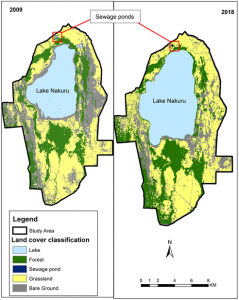 Surface of water level in 2009 and 2018 for comparation
Surface of water level in 2009 and 2018 for comparation
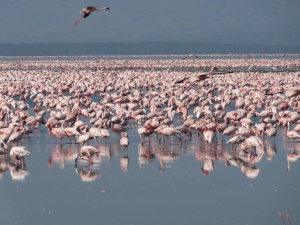 Huge flock of flamingos (2009), est.1 million birds!
Huge flock of flamingos (2009), est.1 million birds!
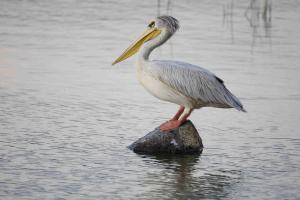 Pink – backed Pelican
Pink – backed Pelican
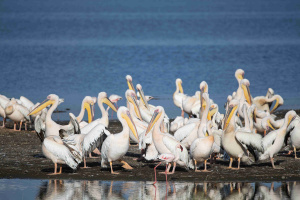 Great White Pelican
Great White Pelican
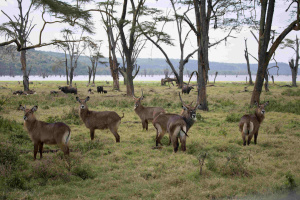 Waterbucks on the edge of flooded forest(2024)
Waterbucks on the edge of flooded forest(2024)
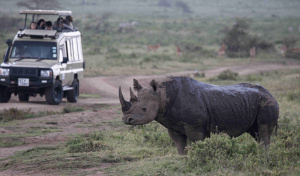 Black Rhino (2024)
Black Rhino (2024)
 Lion (2024)
Lion (2024)
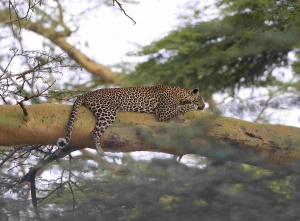 Leopard (2024)
Leopard (2024)

Hezké.